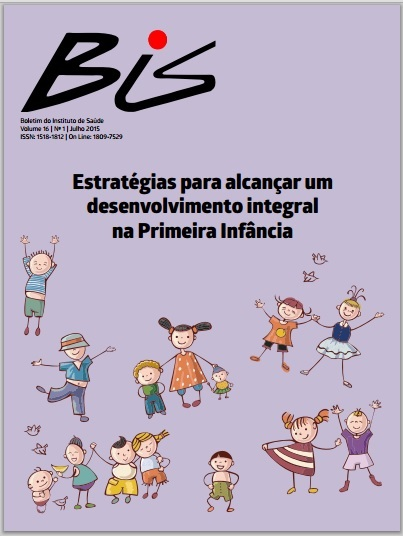Abstract
Objective: To identify the limiting factors for stimulating the realization of the kangaroo care in the Neonatal Intensive Care Unit (NICU) in view of the nursing staff. Methods: This is an exploratory and descriptive study of qualitative approach, performed with nursing professionals that work in the care of newborns in the NICU. Semi-structured interviews were conducted, recorded and transcribed by the researcher. The fi rst six interviews that were performed were suffi cient to meet the criterion of saturation. Result: After thematic content analysis, it was possible to identify four categories: 1- The meaning of the kangaroo care: in addition to skin contact; 2. The guidance as facilitator of the Kangaroo care; 3- Limiting factors for not performing the kangaroo care in the NICU; 4 - Suggestions to enhance the kangaroo care in the NICU. Conclusion: It was observed that the professionals have knowledge about the kangaroo care and that they encourage this practice, but there is a contradiction when the staff puts the lack of material as a limiting factor. The study suggests conducting educational activities for both parents and for professionals to encourage the realization of the kangaroo care.
References
2. Costa R, Monticelli M. O método mãe-canguru sob o olhar problematizador de uma equipe neonatal. Rev Bras Enferm (on-line). 2006; 59(4):578-582.
3. Costa R, Padilha MI. Percepção da equipe de saúde sobre a família na UTI neonatal: resistência aos novos saberes. Rev Enferm UERJ. 2011; 19(2):231-235.
4. Cruvinel FG, Macedo EC. Interação mãe-bebê pré-termo e mudança no estado de humor: comparação do Método MãeCanguru com visita na Unidade de Terapia Intensiva Neonatal. Rev Bras Saúde Matern Infant. 2007; 7(4):449-455.
5. Fontanella BJB, Ricas J, Turato ER. Amostragem por saturação em pesquisas qualitativas em saúde: contribuições teóricas. Cad Saúde Pública. 2008; 24(1):17-27.
6. Hospital Sofi a Feldman. Atenção à criança. [homepage na internet]. Belo Horizonte: HSF; 2014 [acesso em 24 mar. 2015]. Disponível em: http://www.sofi afeldman.org.br/ atencao-a-crianca
7. Lopes DM, Santos LM, Carvalho RM. Motivos da não realização da posição canguru na unidade de terapia intensiva neonatal. Rev Soc Bras Enferm Ped. 2010; 10(2):71-78.
8. Mendonça LBA, Menezes MM, Rolim KMC, Lima FET. Cuidados ao recém-nascido prematuro em uso de sonda orogástrica: conhecimento da equipe de enfermagem. Rev RENE. 2010; 11(esp):178-185.
9. Minayo MCS. O desafi o do conhecimento: pesquisa qualitativa em saúde. 11. ed. São Paulo: Hucitec; 2008.
10. Ministério da Saúde. Conselho Nacional de Saúde. Resolução nº 466/2012, de 12 de dezembro de 2012. Diário Oficial da União, DF, 13 jun. 2013. [acesso em 18 jul. 2013]. Disponível em: http://conselho.saude.gov.br/ resolucoes/2012/Reso466.pdf
11. Ministério da Saúde. Portaria nº 693/GM em 5 de julho de 2000 [portaria na internet]. Diário Oficial da União, DF, 6 jul. 2000 [acesso em: 25 nov. 2012]. Disponível em: http://portal.saude.gov.br/portal/arquivos/pdf/Port.%20 693%20MMC.pdf
12. Sá FE, Sá RC, Pinheiro LMF, Callou FEO. Relações interpessoais entre os profissionais e as mães de prematuros da unidade canguru. Rev Bras Promoc Saúde. 2010; 23(2):144-149.

This work is licensed under a Creative Commons Attribution 4.0 International License.
Copyright (c) 2022 Ronina Aparecida Barbosa, Vivian Mara Gonçalves de Oliveira Azevedo
